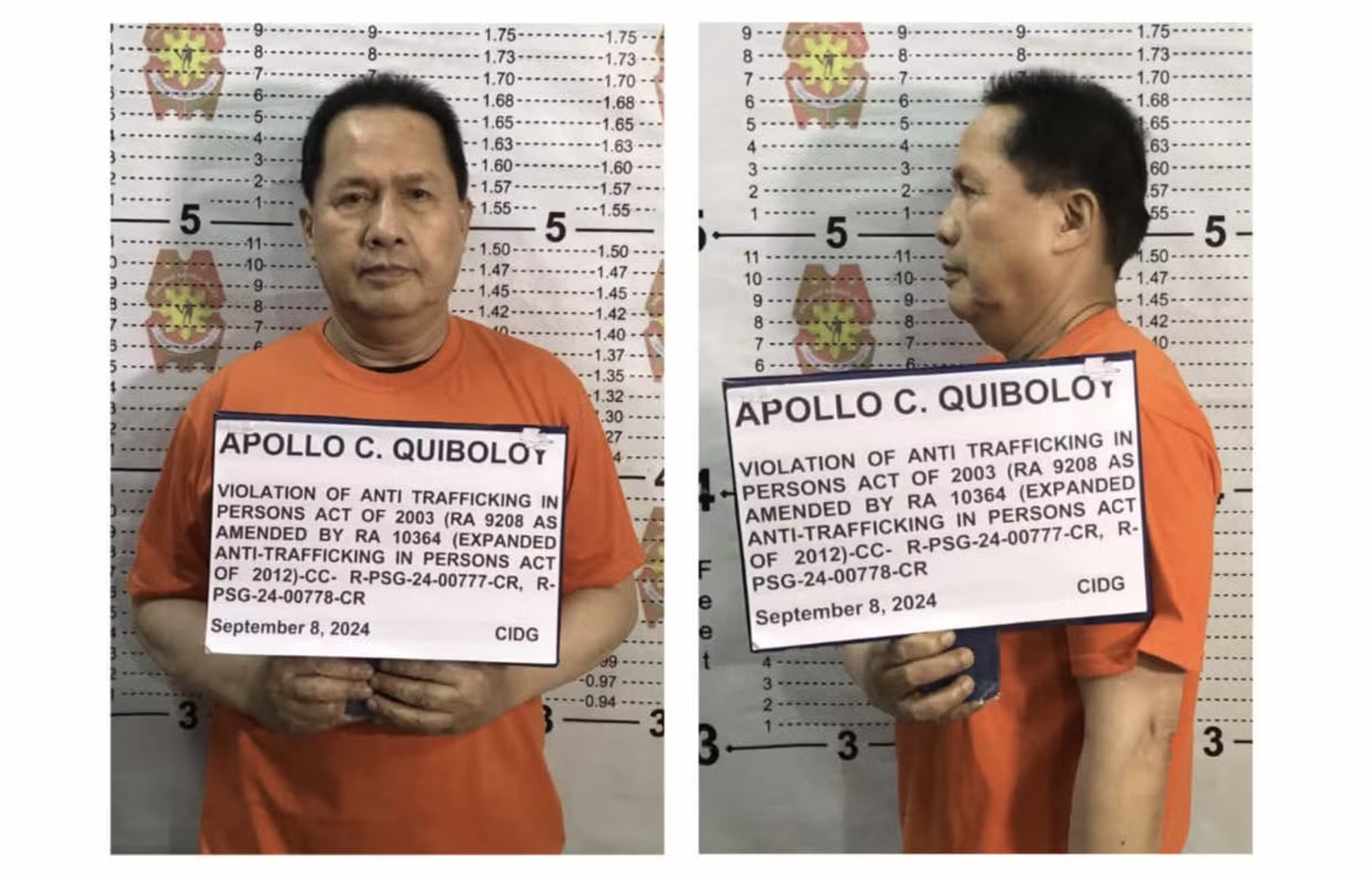Stressing the terror threats being experienced in Southern Philippines, a clandestine US Embassy cable in 2005 branded the on-going activities in Mindanao to be Afghanistan-like before the invasion of the Taliban to the war-torn country.
Arguably, the long-term terror threat in the Philippines is more dangerous compared to any other nation in East Asia. This was according to the observation of US Charge d’Affaires Joseph Mussomeli as he sent his report through an American cable to his home government on April 7, 2005.
The report also criticized the allegedly active participation of some Saudian financiers who help in funding the terrorists. The cable noted that terrorism is a disturbingly ordinary and on-going reality in Mindanao. The cable titled, “Fighting the GWOT (Global War on Terror) in the Philippines,” was recently released by WikiLeaks, an antisecrecy website, along with the other hundreds of US Embassy cables discussing terrorism worldwide.
It also claimed, “Southern Philippines is within the boundaries of a strategic fault line in the global campaign against terrorism, with its porous borders, weak rule of law, long-standing and unaddressed grievances of the Muslim minorities, and high levels of poverty and corruption offering a fertile field for nurturing terrorist groups.”
In the 1990s, it was only Afghanistan that has a combination of radical elements in the country catering to the contagious Islamic movements and protecting terrorists.
The war-torn country had earlier been ravaged by conflicting tribal groups before the Taliban dominated most of the country’s territories.
Presence of Threats
Although the cable highly regarded the Philippines’ efforts in combating terrorism in the country, it lambasted that the government failed to secure many areas in the south. It emphasized that the real threats are present in the region.
Four groups listed in the US Foreign Terrorist Organizations are believed to be operating in the country like the Abu Sayyaf Group (ASG), New People’s Army (NPA), Pentagon Gang and Jemaah Islamiyah (JI).
The NPA has been identified for a series of attacks and killings of the security forces in the country, including the civilian personnel. Currently, it is directing its attention to the United States. But the cable reported since the 1990s, no American has been harmed by the rebel group.
Several deadly attacks in the metropolis have raged fear in the country pointing fingers to the ASG, an Islamic terror group being protected by the JI, who were held responsible for Asia’s devastating attacks such as SuperFerry bombing and the series of Manila bombings in the three cities in February 2004 and February 2005, respectively.
These events are clear indicators of the possibility of posing threats on US citizens and the US Embassy in relation to the previous attacks held to many Filipinos and foreigners in the country, the cable said.
MILF Staggering Risks
The Moro Islamic Liberation Front (MILF) is not part of the US terror list, but this is a “credible military threat in Mindanao,” according to the cable.
It noted key institutions in the country that are supposed to combat terrorism are somewhat ‘broken’ in their ultimate goal of pinning down security threats.
Corruption persists in major institutions like in the PNP, the judiciary and the prosecutors. This is also coupled with poorly established, ineffective and under-budgeted management systems. Weak leadership adds to the burden of responding to terror issues, the cable stressed.
It added that training of the military and police is a great help, along with some USAID programs. But the lack of profound institutional solutions and enhancements on anti-terrorism capabilities would require strengthening and more stable government initiatives.
Source: http://newsinfo.inquirer.net/53639/us-cable-likens-mindanao-to-afghanistan





